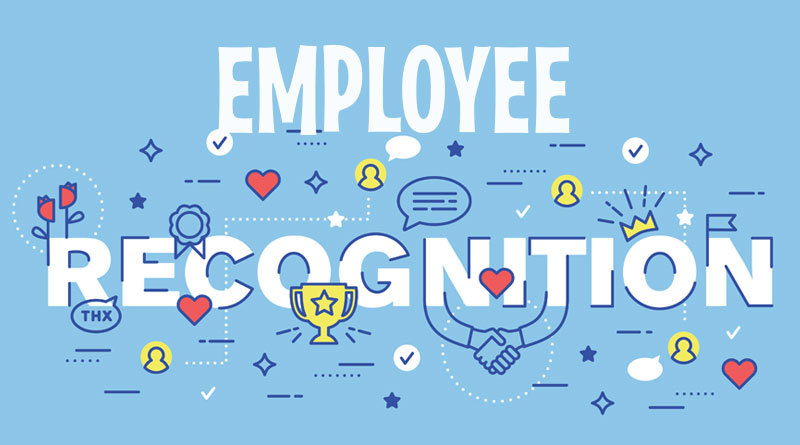Build Bridges Not Walls – Employee Recognition
Regular, one-on-one assessments with your staff provide an efficient two-way forum with which to set and review realistic achievement targets, provide feedback on performance, and listen to and consider any problems employees may have. For example, a sales executive may feel that he or she is under performing, when in fact sales targets have been set too high. During the appraisal, these targets could be reviewed and set at more realistic levels. And after the goals have been met and the targets achieved, it is just but fair to recognize your employees effort in doing their best.
1. Why Employee Recognition?
This is where employee recognition takes center stage. Through employee recognition, you give your staff the reason to go on, push a little harder, and achieve their dreams as well. You can do this by giving them better opportunities to prove themselves worthy of the job you gave them. Giving people new or better jobs shows that you recognize their achievements and encourages them to achieve further success. Rewarding exceptional performance also inspires colleagues to improve their contribution in the workplace. All of these boil down to the point that employee recognition is, indeed, a vital element in the company’s success.
2. Planned Employee Recognition
As its name implies, planned recognition is more of a pre-coordinated plan. Because of its frequency, the event may not necessarily be formal. Under this category, the most common employee recognition awards are customer service, attendance, outstanding achievements, employee of the month, productivity, and safety.
3. Immediate Employee Recognition
This method of employee recognition renders acknowledgement at any point in time for exhibition of the principles and ideals being upheld by the company and their role in achieving the targets and goals of the establishment. The company or management may award an employee recognition particularly upon a commendable effort, solidarity, accomplishment of an exclusive project, acquisition of a new company procedure, or simply expressing indebtedness to the employee for making such effort.
4. Formal Employee Recognition
This type of employee recognition is done annually. Because of its formality, the event showcases a very glamorous and prestigious ceremony. This type of employee recognition renders acknowledgement on the total and outstanding performance of an employee. The award itself is so special that every employee aims to achieve it. These are sometimes known as presidents awards, the top 10 percent club, etc. In this type of employee recognition, the most common awards are centered on the employee or the department’s outstanding and remarkable performance. This refers to an exceptional work that an employee was able to accomplish in spite of its level of difficulty. The company should, however, bear in mind that employee recognition does not simply mean that it is the right thing to do since your employee has done such merit.
5. The Reasoning
The main purpose of employee recognition is to build bridges among people, to establish communication, and to acknowledge the value of each employee in establishing the success of the whole organization. Moreover, employee recognition is utmost appreciated if the event is timely and is done at a more public gathering. In this way, the impression is more intense. Consequently, the employee recognition should delve more on the effort of the employee to accomplish tasks and not on the result itself. Research has shown that by giving equal weight to the employee’s intellectual, emotional, and psychological needs through employee recognition, the commitment of the staff is increased and therefore productivity increased.
Employees must also remember that
– Employee recognition should not be expected
– It does not translate to an instant promotion
– It may not result in any additional monetary compensation
– Is best percieved as a gift
– The main purpose of employee recognition is to positively motivate the group




